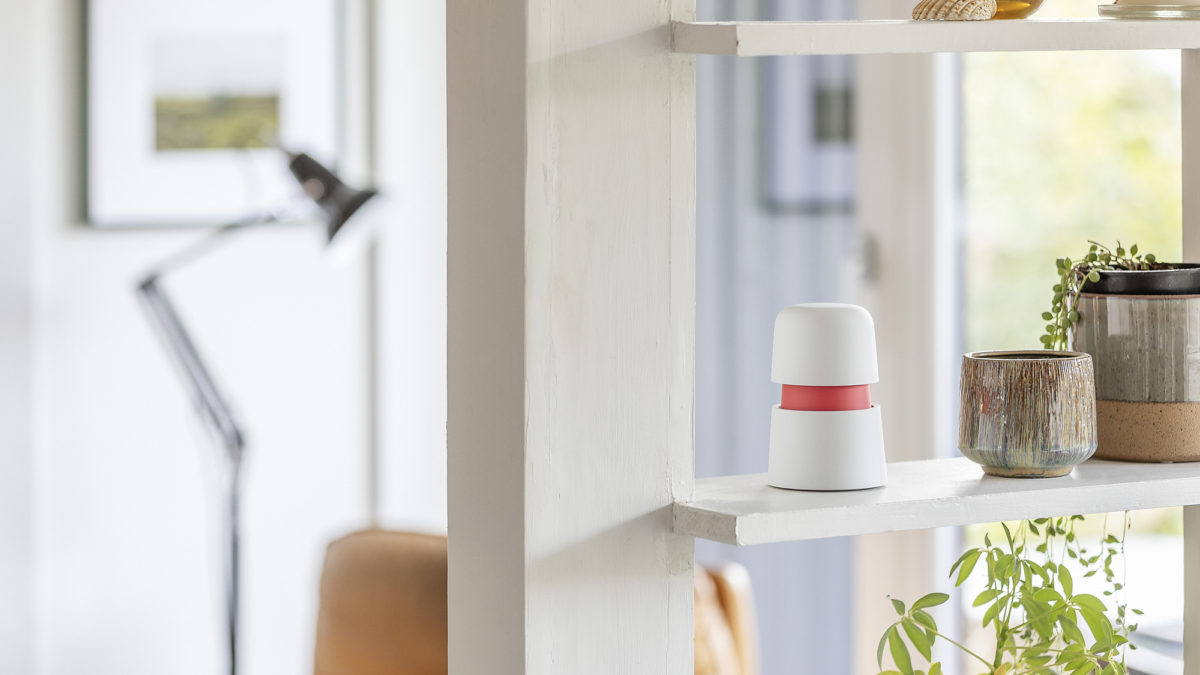
LITTLE SIGNALS, for better interactions with technology
The relationship with technology is different for each of us and, for many, often problematic, but in the coming years we could see real changes. A recent example is the Little Signals project, by Google’s Seed Studio in collaboration with the London-based Map Project Office, which experiments with new ways of interacting with technology.
The result is six concepts that delicately engage the senses, making use of movement, shadows and sounds, to let us know when our digital lives need attention, but otherwise work to maintain a sense of calm. Little Signals, in fact, is built on Calm Technology: the idea is inspired by everyday objects and their subtle ways to inform us – from the moving hands of a clock, to the whistle of a kettle. The goal is to stay up-to-date with digital information while maintaining moments of calm.
c
c
The Little Signals speculative project consists of six objects:
- AIR interacts with a puff of air with its close surroundings. Pulses of air move nearby items, like the leaves of a plant, to attract attention.
- BUTTON combines scale and sounds to communicate and provide control. The top twists and grows as it receives information. It plays a tone when full.
- MOVEMENT consists of seven pegs that graphically represent information – like a calendar or timer- through their height and motion. The pegs work individually or as a group.
- RYTHM generates ambient sounds. Qualities of the melody convey qualities of the information, like its importance, urgency or tone. A wave over the object, or simply turning it over, mutes it.
- SHADOW communicates through the movements of the shadow it casts. They show the object’s status.
- TAP makes use of surfaces to create sounds that act as notifications. A stronger tap means more pressing news.
Little Signals is an interesting speculative project that offers a new perspective on the future interactions between us and technology. To find out more, visit littlesignals.withgoogle.com
All imagery courtesy of Google and Map Project Office
Photography by Taran Wilkhu
c
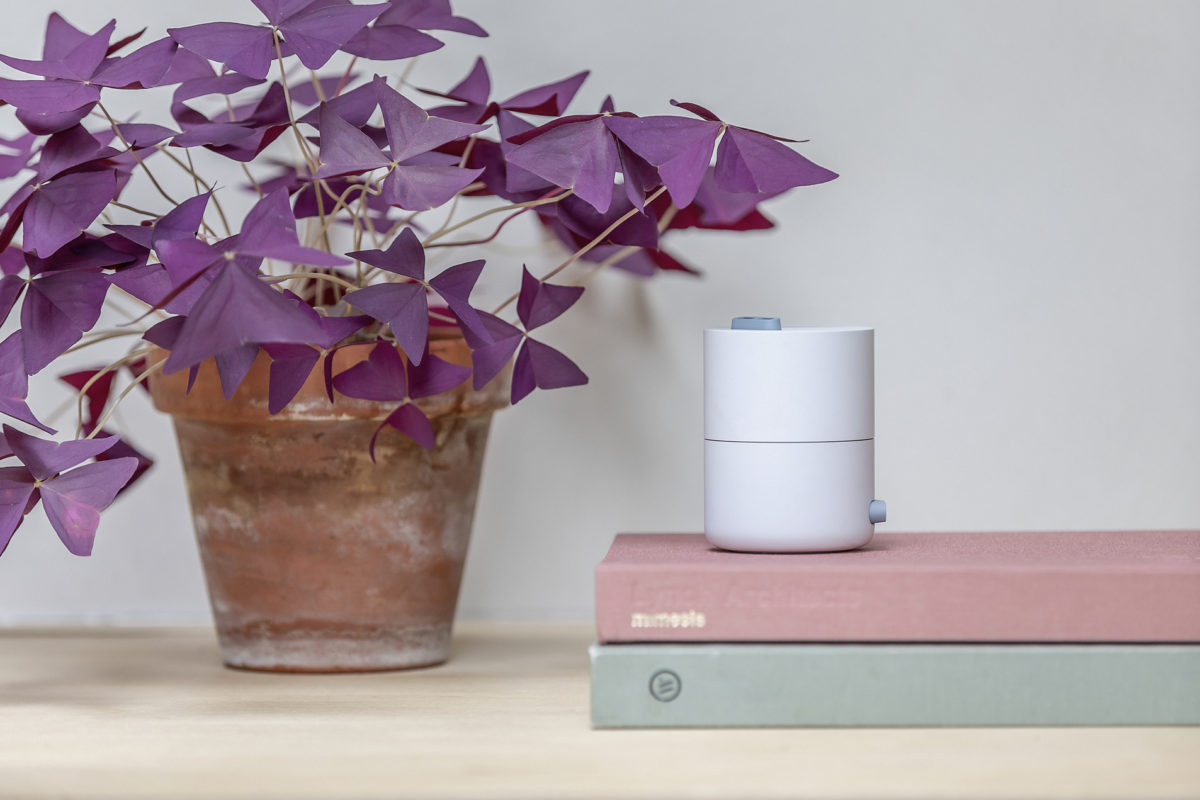
AIR 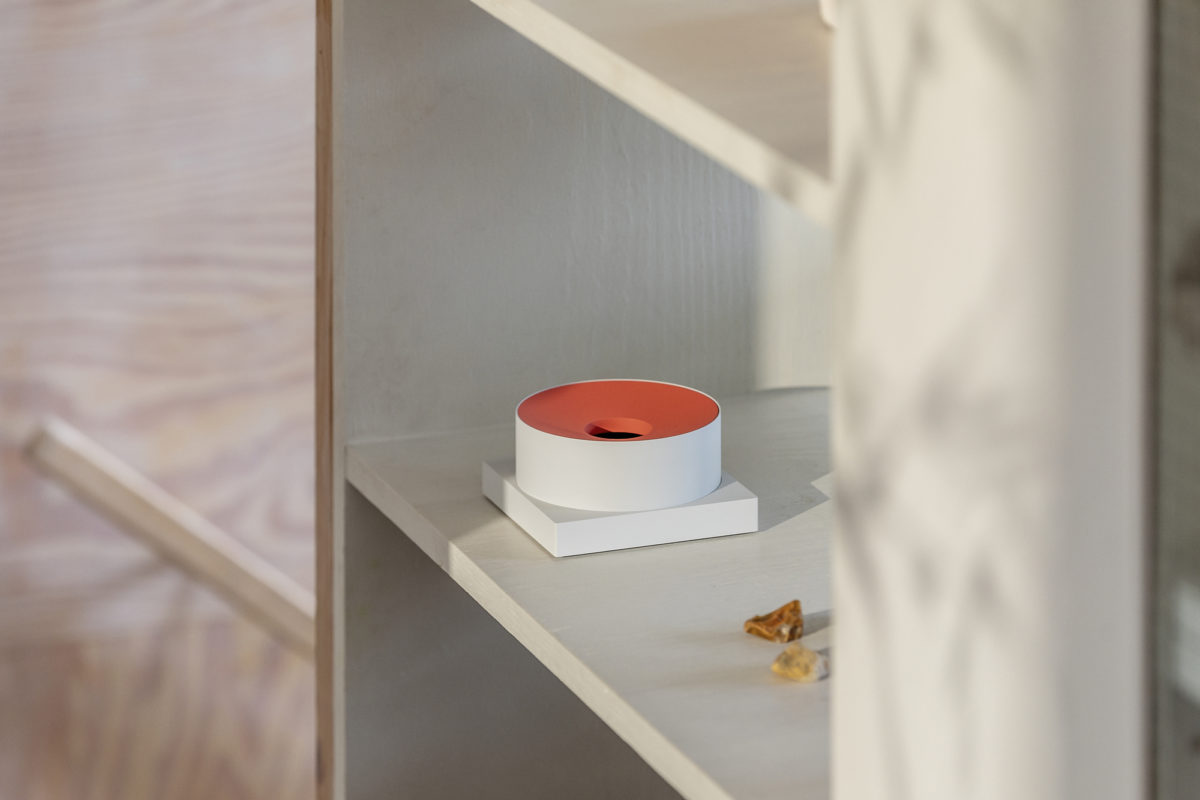
RYTHM 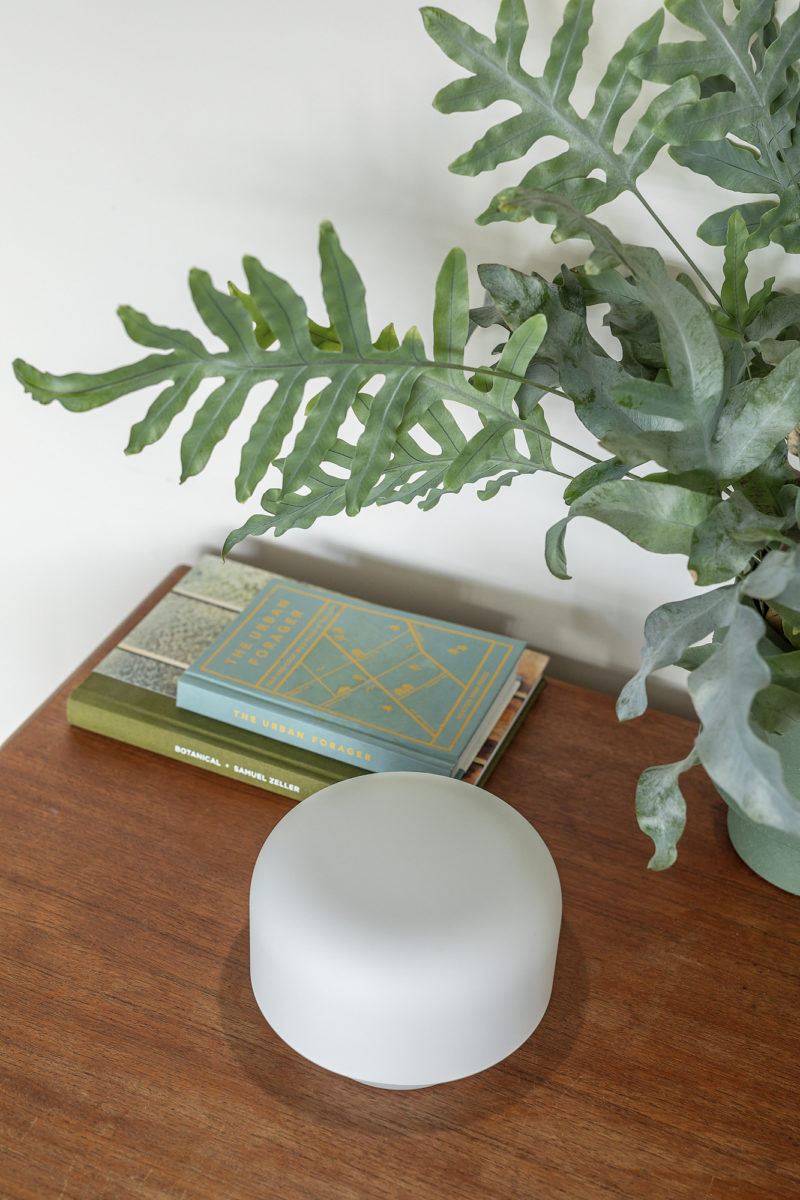
SHADOW 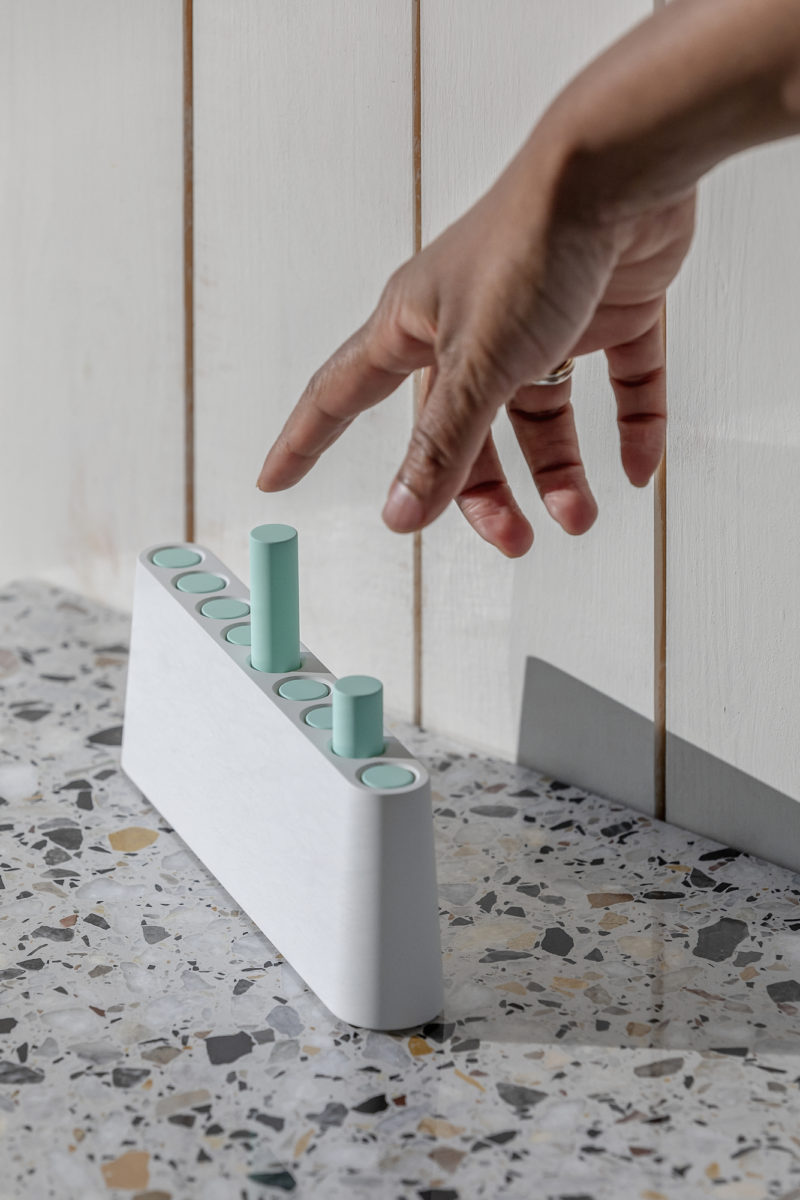
MOVEMENT 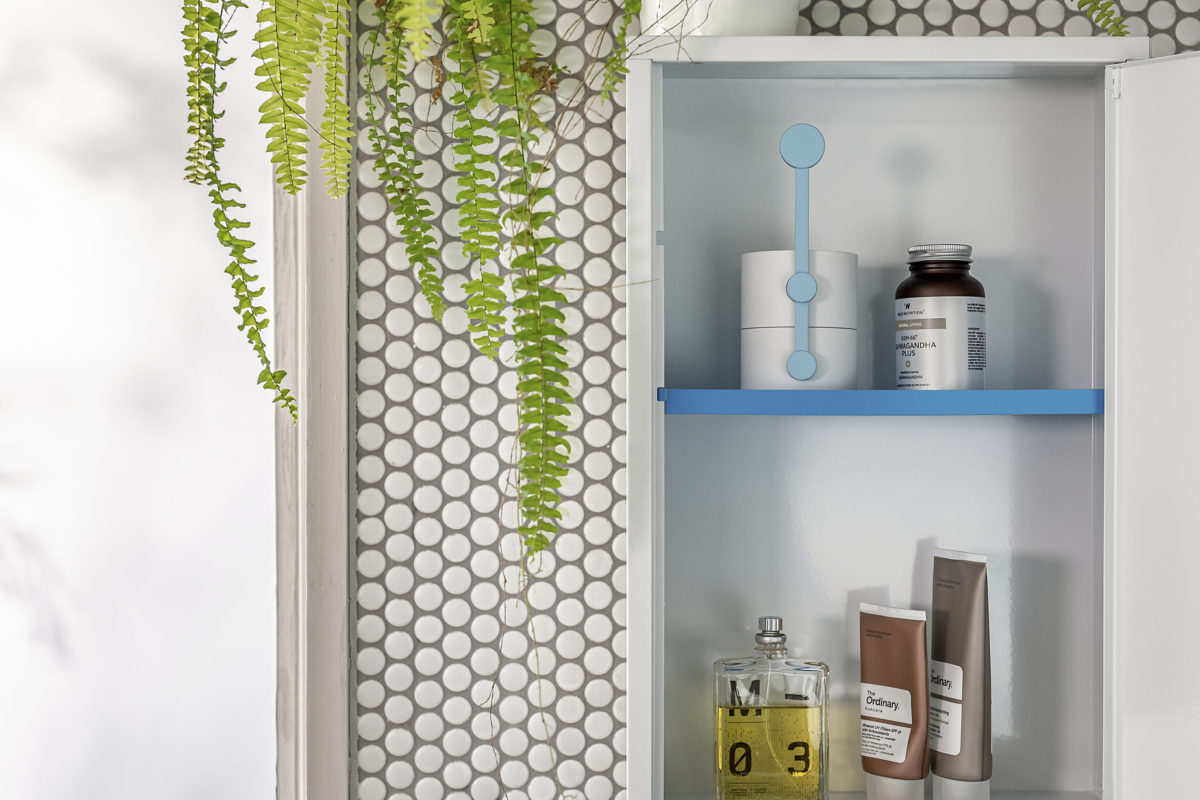
TAP 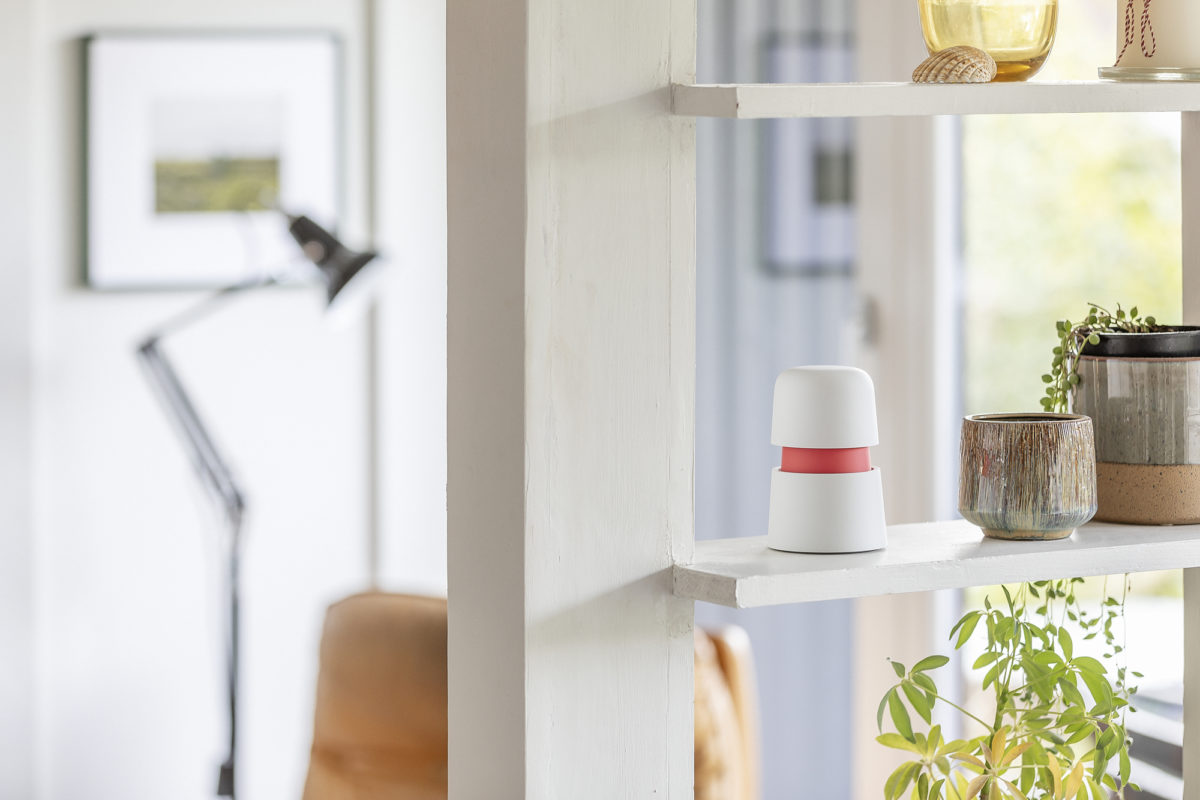
BUTTON
